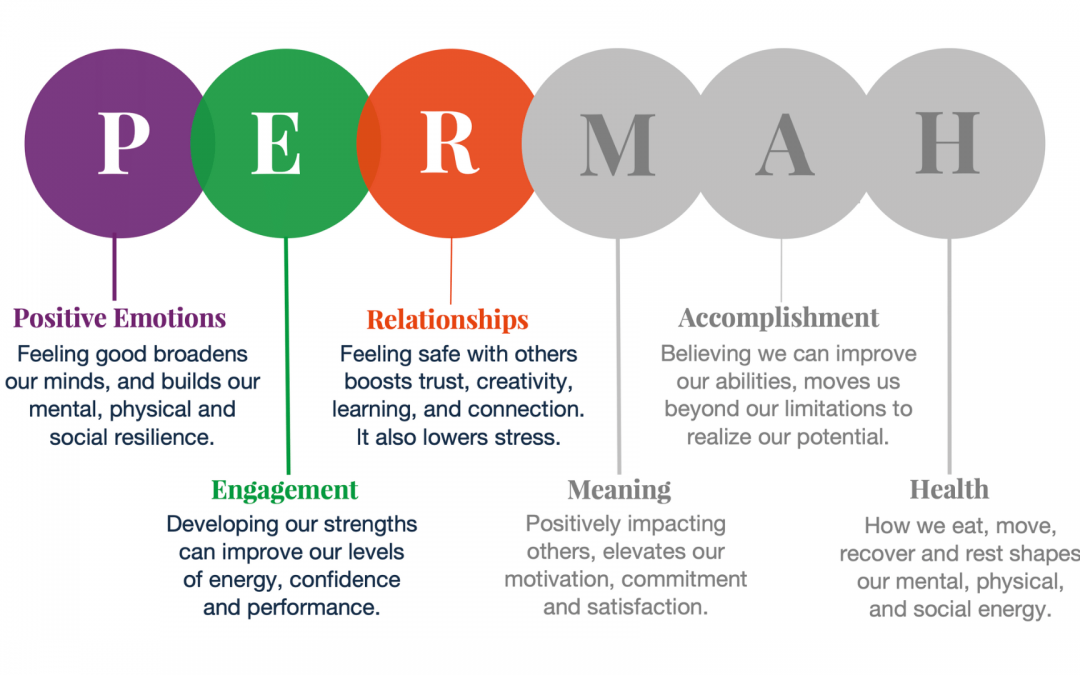
Annual shutdowns – more unintended consequences?
Latest News & Events
Annual shutdowns – more unintended consequences?

One of the things that consistently pops up after a decision to change or qualify the rules on conditions of employment is that wonderful phrase “unintended consequences” all too frequently because the decision makers have been focused on a specific issue without considering the broader agenda eg does making this rule for some create problems for others or create inconsistencies between different categories of workers?
Last year, a majority decision of the Fair Work Commission decided to change the rules on annual shutdowns for organisations covered by modern awards which had annual shutdown provisions in them.
As things stood to that point, the pre-exisiting award provisions had a requirement that employers give employees a minimum period of notice of a shutdown (up to 2 months depending on the Award). It was accepted practice that employees took annual leave during the shutdown and, if an employee did not have sufficient annual leave to cover the closedown period, they went onto leave without pay for the period not covered by their annual leave entitlement.
The decision changed all that requiring that:
- Each employee has to be given specific and individual written direction to take annual leave
- An employee who doesn’t have sufficient annual leave to cover the shutdown period cannot be assumed or forced to take leave without pay – the employer has to ask them and obtain their agreement to take leave without pay or annual leave in advance of their next year’s accruals
- If agreement is not reached, the employer has the options of providing work or just paying the employee for the balance of the shutdown period without any deduction from annual leave.
That might seem unfair (and that is what the dissenting member of the FWC panel said) but that is what it is today.
So what complications does that cause otherwise?
To understand that, we have to go back to the Fair Work Act and what it says on the issue.
- S93(3) of the Act says: “A modern award or enterprise agreement may include terms requiring an employee or allowing for an employee to be required to take annual leave in particular circumstances, but only if the requirement is reasonable”. It makes no mention of what is “reasonable”. This is what applies to award-covered employees.
- S94(5) of the Act says: “An employer may require an award/agreement free employee to take a period of annual leave but only if the requirement is reasonable. Note: A requirement to take paid annual leave may be reasonable if, for example: (a) the employee has accrued an excessive amount of annual leave; or (b) the employer’s enterprise is being shut down for a period (for example, between Christmas and New Year).”
So there are quite different statutory provisions for award/agreement covered employees v award/agreement free employees.
For the former, there has to be a provision in the relevant award/agreement that allows for the shutdown and the related taking of annual leave. For award/agreement free employees, the direction just has to be reasonable.
How this affects award/agreement provisions?
If the relevant award/agreement does not have a shutdown provision, there is no authority to impose a shutdown under the Fair Work Act.
If the relevant award does have an annual shutdown provision , it is subject to the rules that were imposed last year.
If different awards apply to different categories of employees in a business, different rules can apply for example a construction worker has to be given two months notice, whereas a clerical worker in a construction business has to be given 28 days’ notice of a shutdown.
Conclusion
We now have three different scenarios that can apply depending on the job that someone performs and the industrial instrument (if any) that applies to their employment. Is this another one of those “unintended consequences”?
If you would like to learn more about ways that we can help you in understanding Fair Work and what your obligations asa an employer are, please call us on 0438 533 311 or email us at enquiries@ridgelinehr.com.au.
CONTACT US
Ridgeline Human Resources Pty Ltd
ABN : 24 091 644 094
enquiries@ridgelinehr.com.au
0438 533 311
PARTNER LINKS
QUICK RESOURCE LINKS








